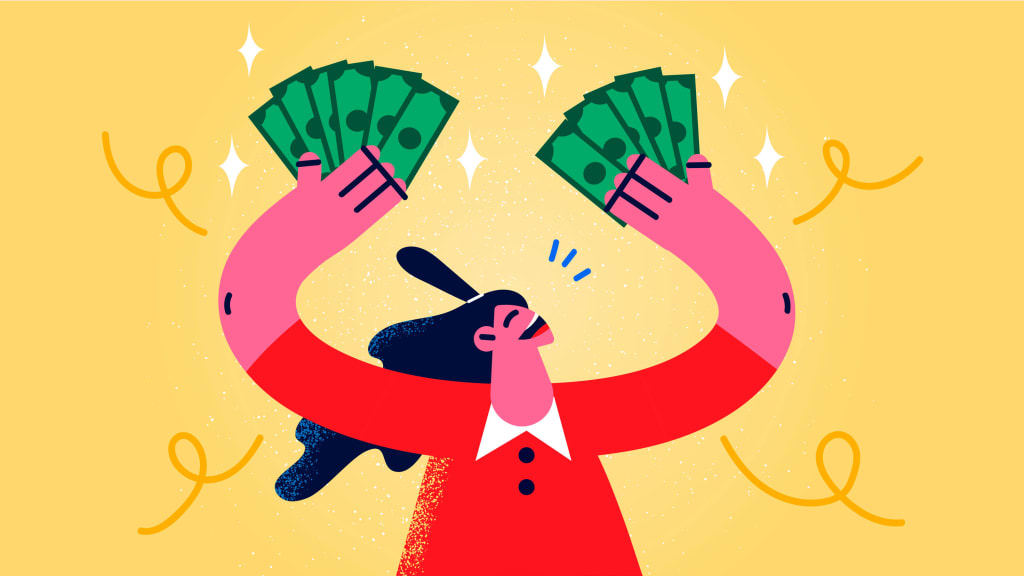
Kent Lewis, an Entrepreneurs’ Organization (EO) member in Portland, Oregon, is the founder and CEO of digital marketing agency Anvil Media, which recently merged with Deksia. We asked Kent about his experience conquering his fear of outbound sales outreach, and how others can do so.
For 22 years, I was the principal salesperson for the agency I founded. I focused primarily on building a sales pipeline via inbound marketing, as I personally despised outbound sales. Three years ago, I received a nudge from my advisory board to “get over my issues” and start prospecting on LinkedIn. That guidance led to our largest client and a new outlook on the power of outbound sales.
Here are my top 10 insights for developing an effective outbound sales strategy:
Be Human
While outbound sales are often associated with call centers, email and LinkedIn are effective prospecting channels. Unfortunately, no channel is immune to automation and its resultant inhumane treatment of prospects. The sales communications I receive from solicitors lack not only personalization, but any sense of human connection. Be different. Be human.
Aim at the Target
I learned a great deal from sending 900+ LinkedIn messages to first-degree connections in my first attempt at outbound prospecting. First, the response rates (not including ‘no thanks’ or ‘wrong person’) were not much higher than direct mail. Second, the warm responses (qualified leads) were all people I knew, even if we hadn’t worked together directly. Lastly, the prospects that turned into clients were familiar with my digital marketing agency after years of monthly email newsletters, my posts on social media, and conversations at networking events. The lesson: Start outreach with your intimate network (past and current clients, partners and vendors) and work your way outward to new contacts.
Keep it Simple (and Brief)
One powerful piece of advice I received is to keep LinkedIn messages short but sweet–no more than two sentences requesting a 15-minute catch up. It was difficult to stay true to that, but it paid off in strong response rates from qualified leads. Most solicitations I receive have multiple paragraphs, images and sometimes attachments. I ignore them all. Don’t expect a different outcome than your own reaction to unsolicited sales pitches.
Maintain Consistency
Consistency is key for any new behavior to become habit. Similar to social media posts, outbound sales efforts require discipline to maintain momentum. Once my first round of outreach on LinkedIn led to five new clients, I was hooked. Once or twice a year, I reach out to first-degree marketing contacts, manually messaging about 900 people. While there are automated tools, I don’t trust them.
Be Fearless
The primary reason I avoided outbound sales was personal discomfort with outreach to people who didn’t want to hear from me. I based that on my personal disdain for receiving sales pitches. My advisor assured me that my assumption was incorrect. My experience validated her advice: Nobody told me to buzz off. While 98 percent of recipients ignored the note entirely, very few said, “no thank you.” The rest said, “Thanks, let’s talk in 3-4 months.” I rejected the fear of rejection to move forward.
Start Small
Most executives not solely responsible for sales may find manual outreach to 900 contacts off-putting. I understand and even agree. Start small with 5-10 contacts per day. It creates a realistic cadence, and it can be rewarding to see smaller wins consistently.
Utilize an Accountability Partner
Never underestimate the significance of an accountability component. I leverage it with outbound sales by scheduling a monthly check-in with my advisor to ensure I’m on-track and navigating any roadblocks.
Leverage Your Network
After extolling the virtues of networking for 20 years, I hadn’t leveraged my own well-established network of 22,000+ to request introductions to ideal clients. My advisor suggested that I regularly make requests of my network, as friends and other first-degree connections are often happy to help and enjoy making introductions. Warm introductions work wonders vs. cold outreach–particularly valuable for those with established, untapped networks.
Quantity vs. Quality
While I’ve advised to start small, it’s a numbers game. An average response rate of one to two percent means you must reach out to 100 contacts to get a response and 500-1,000 to close a deal. My first outreach generated a five percent close ratio, which was unusually high, and not easily replicated. To compensate, continue growing your list. I still send one to five connection requests a day to relevant contacts on LinkedIn.
Don’t Forget the Fundamentals
While outbound sales are a foundational exponential growth strategy, it’s not the only effective sales strategy. I mentioned that our primary focus for 22 years was inbound sales efforts (search engine marketing, social media and public relations). All channels and strategies should be aligned, integrated and measured consistently. The best channels for qualified leads include search engine optimization (SEO), speaking and network referrals. Email drip campaigns work well for lead nurturing. The single best channel for new clients was our monthly email newsletter, sent consistently for two decades to clients and qualified leads. Regular exposure to our brand was a low touch, but high ROI sales channel.
